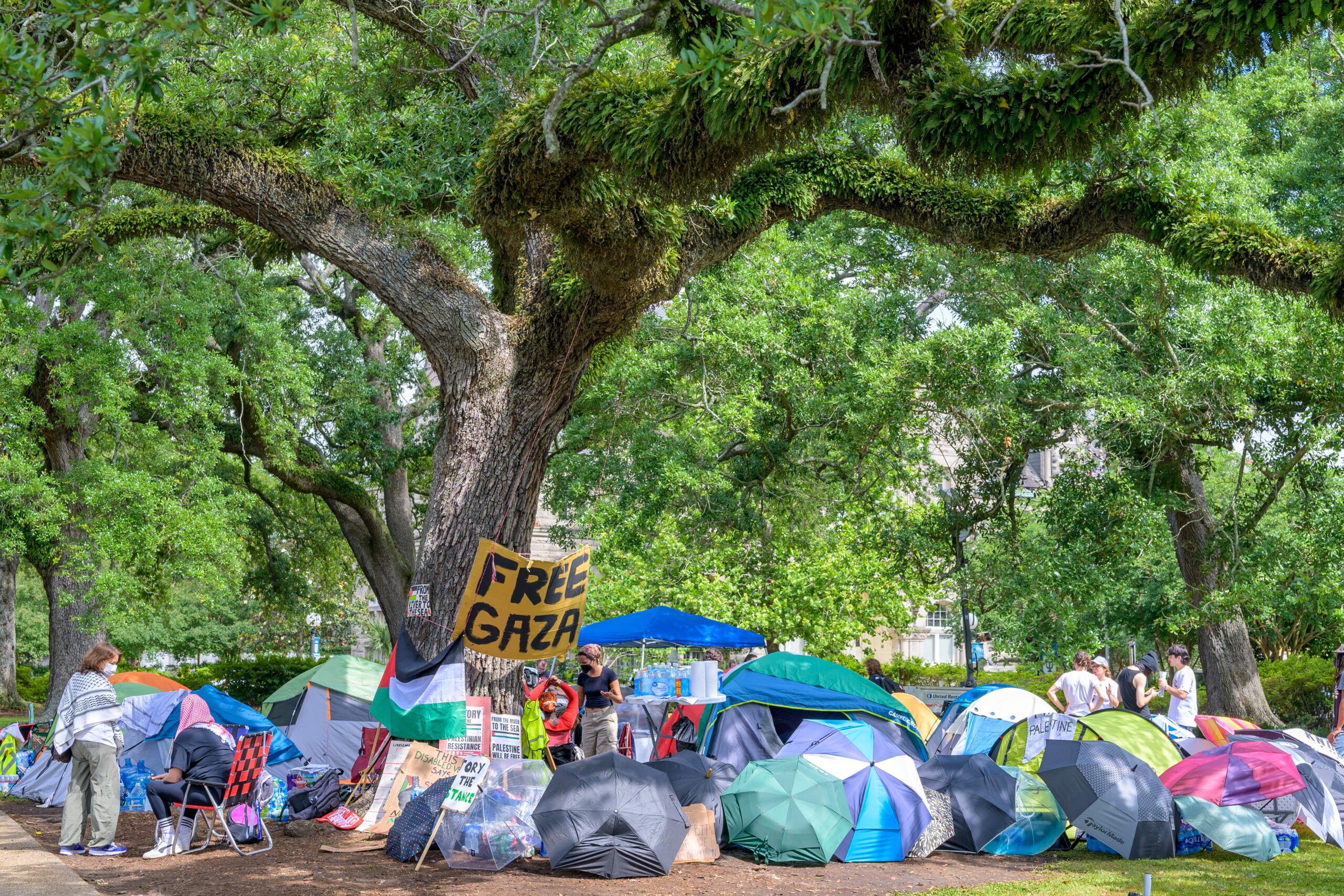Evidence is mounting that the Council on American-Islamic Relations (CAIR) is not just a civil-rights organization supporting student protests but part of a larger, coordinated network with ties to Hamas, the Muslim Brotherhood, and other terrorist organizations. This network is paying cash rewards to students who face disciplinary action for engaging in anti-Israel protests on American campuses.
A New York Post investigation uncovered that CAIR-California paid $1,000 to students suspended, arrested, or losing housing or scholarships for their involvement in disruptive anti-Israel activism. Through its “Champions of Justice Fund,” CAIR allocated $20,000 to students leading actions such as building takeovers, blockades, and confrontations with Jewish students. These financial incentives appear designed to encourage more militant actions. As Joel Finkelstein, founder of the NCRI, explained, the payments reward “criminality and violence,” creating a structure for escalating confrontations.
This reward system is only one aspect of a larger strategy. According to NGO Monitor, CAIR, along with groups like Students for Justice in Palestine, Jewish Voice for Peace, and Samidoun, form a network that provides protest toolkits, organizes training, funds activists, and coordinates messaging across U.S. campuses. Several of these organizations have documented ties to Hamas, the PFLP, or the Muslim Brotherhood.
Why are we living in the United States? While we are living in this country so we can ship this country’s political direction.
— Insurrection Barbie (@DefiyantlyFree) November 8, 2025
When these people tell you who they are and what their intentions are and then you still choose not to believe them you’re an idiot.
CAIR is a… pic.twitter.com/PBwZ2nTvBu
CAIR’s origins are also deeply linked to this network. Research from George Washington University’s Program on Extremism shows that CAIR was founded in the 1990s by individuals with connections to Hamas-affiliated groups, including the Islamic Association for Palestine and the Holy Land Foundation. Federal investigators traced CAIR’s structure back to a 1993 meeting in Philadelphia, where Hamas operatives planned to build a “neutral” front group to influence U.S. institutions without attracting attention. One participant emphasized the need to prevent “the growing generation in America [from] surrendering to peace with Jews.”
Today, this ideology persists. CAIR’s executive director, Nihad Awad, publicly expressed approval of the October 7 Hamas massacre, stating, “I was happy to see people breaking the siege on October 7.” His comments reflect how closely CAIR’s leadership remains tied to Hamas and its radical ideology.
These cash rewards and coordinated efforts are not isolated incidents but part of a larger strategy by extremist groups to radicalize campuses, fuel unrest, and promote an ideology linked to terrorist organizations.




